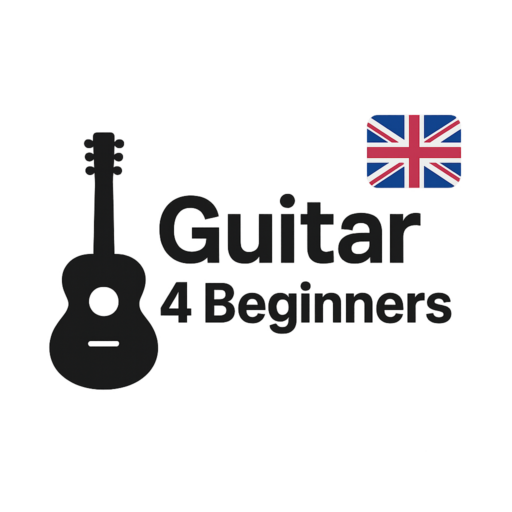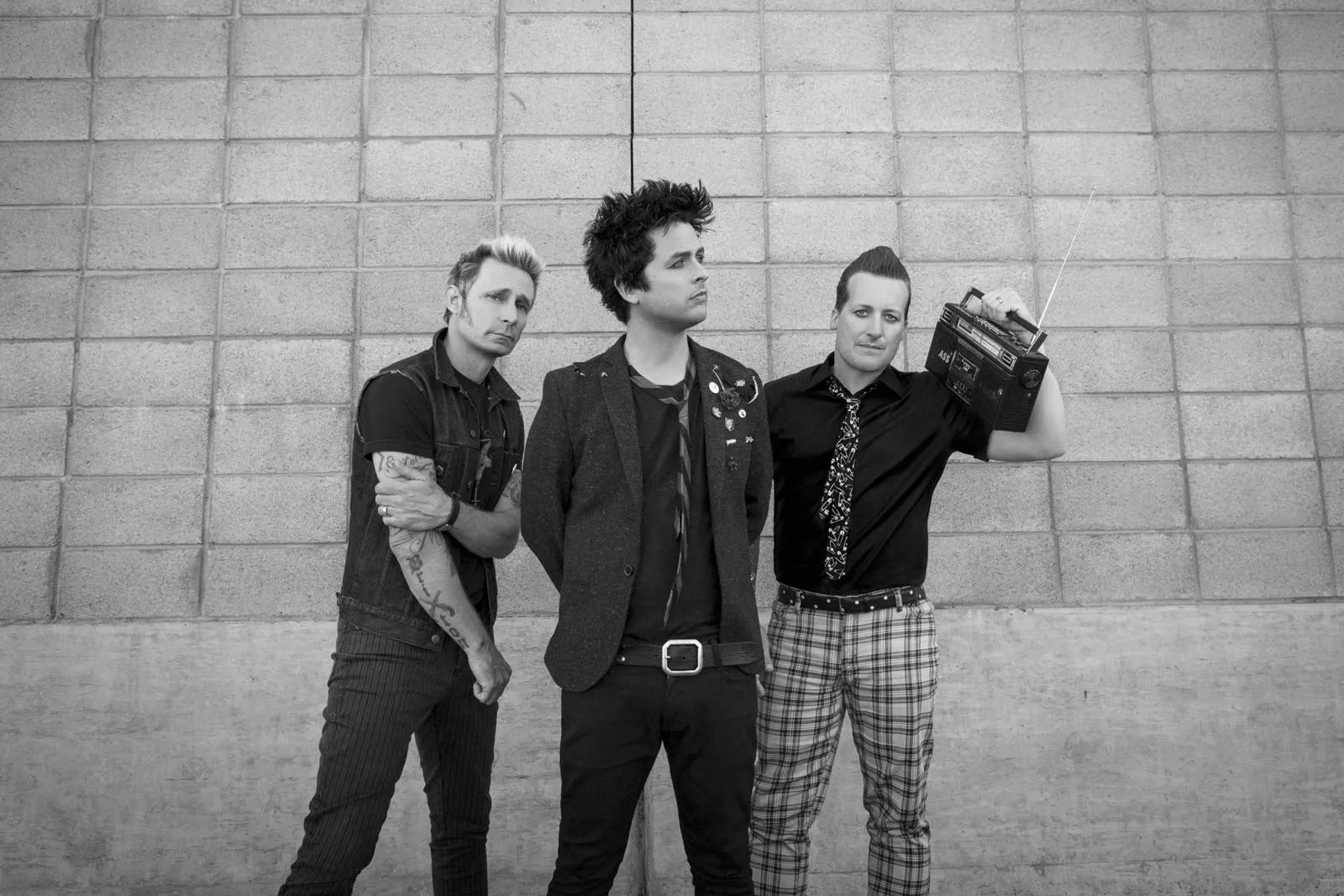Thinking about learning to play guitar? Then you’ll want to check out this essential guide to guitar gear for beginners. From choosing your first guitar to finding the right accessories, this checklist breaks down what you need to start playing with confidence.
Don’t worry, it doesn’t have to be overwhelming. Whether you’re looking for your first guitar, some essential accessories, or tools to make your practice more comfortable, this guitar gear for beginners checklist covers everything you need to get started. Let’s break it down into must-haves, recommended extras, and nice-to-haves to make your first steps into guitar-playing as smooth as possible.

Essential Guitar Gear For Beginners: What You Definitely Need
1. Guitar
No surprise — your guitar is priority number one. You don’t need to spend big early on, but you do want something that feels good, stays in tune, and keeps you motivated. Loving how your guitar looks can also genuinely help you stick with it!
- For acoustic players, the Yamaha F310 is a solid choice. It’s affordable, with a great sound for beginners and a comfortable neck.
- For electric guitar players, the Fender Squier guitars are a fantastic budget option. It’s lightweight, easy to play, and a top pick for first-timers.
- If you are not sure of whether to learn acoustic or electric, let us help you decide which one is right for you: Acoustic or Electric Guitar for Beginners: Which One is Right for You?
Try out a few guitars in-store if you can — different body sizes and shapes suit different people. A good setup (low string height, smooth frets) will also make learning way more comfortable.
2. Picks (Plectrums)
Guitar picks are essential for getting the right sound and feel as you play. As a beginner, you’ll want to have a range of picks on hand because, let’s face it, they tend to disappear all the time. Having a variety pack is an easy way to get a selection of different thicknesses and shapes so you can find what works best for you.
For strumming, thinner picks (around 0.60mm to 0.73mm) work great. These allow the pick to flex as it hits the strings, creating a smoother sound that’s perfect for playing open chords or strumming along to songs. As you find your rhythm, you will find it easier to use thicker picks for strumming, but starting thinner is definitely easier.
When it comes to playing riffs or more intricate lead guitar work, you’ll want something a little thicker. Thicker picks (like 1.0mm and above) are better for precision and allow you to hit the strings more firmly without bending too much, giving you a sharper attack and more control.
Having a variety of picks will help you find the one that suits your playing style best. Plus, because they tend to vanish so easily, it’s always a good idea to buy a pack of 10 or more — you’ll always have spares on hand! The Dunlop Variety Pack is a fantastic choice because it includes a mix of lighter and heavier picks.
3. Tuner
Tuning your guitar correctly is crucial as a beginner — if you are out of tune, you are not going to sound good! . A tuning app is the easiest way to stay in tune, and GuitarTuna is a great option. It’s free, accurate, and super easy to use with your phone’s microphone.
As you progress, you’ll likely experiment with alternate tunings like Drop D or Open G. GuitarTuna supports these and even includes a chromatic mode, making it a tool that grows with your skills and keeps your guitar sounding its best.
Alternatively, you can use a clip-on tuner which attaches directly to your guitar’s headstock, making it perfect for tuning in noisy environments.
4. Amp & Cable (For Electric Players)
If you’re starting with an electric guitar, an amp and cable are essential. While there are tons of options out there, you don’t need to go for the highest-end gear to get a great sound. A reliable amp that fits your budget and playing space is all you really need when you’re beginning. Additionally, having a good-quality guitar cable will ensure that your sound is clear and free from interference.
Amp Recommendations
When it comes to beginner amps, the Blackstar ID:Core and Boss Katana series are top picks. They’re affordable, sound great, and offer tons of tone options without being overly complicated — perfect for beginners exploring different styles.
A major bonus is their USB connectivity, which lets you connect the amp to your computer and use software like Blackstar Architect or Boss Tone Studio. These platforms let you download pre-set tones created by others, so you can instantly match the sound of the songs you’re learning — no need to fiddle endlessly with knobs.
For new players, this makes dialing in great tones much easier and removes a layer of complexity so you can focus on playing, not troubleshooting your amp.
Cable Recommendations
A good-quality guitar cable is essential to make sure your sound is clear and accurate. You don’t need to spend a lot of money here — most standard cables do the job well. However, a Fender Original Series 10ft Cable is a great choice. It’s affordable, durable, and provides excellent sound quality without too much noise or interference.
Keep in mind that the length of the cable matters too. A 10ft cable is usually the best option for beginners, offering enough length to move around comfortably without getting tangled.
Recommended Guitar Gear For Beginners (Not Essential, But Super Useful)
These items make learning more comfortable and enjoyable — highly recommended!
5. Guitar Strap
Even if you mostly play sitting down, a strap gives your guitar extra support and helps with posture. It’s also essential if you ever want to play standing up. Look for one that feels comfy on your shoulder — but honestly, get one you think looks cool too! If you love how it looks, you’re more likely to use it. These Ernie Ball straps are a great budget-friendly choice: durable, comfy, and available in loads of colours and designs. Pick one that suits your vibe and your guitar — it’s a small upgrade that makes a big difference.
6. Spare Strings
Strings wear out over time — they lose tone, get grimy, or snap unexpectedly. Keeping a spare set handy is a must for any beginner.
For acoustic guitars, we recommend D’Addario EJ16 Phosphor Bronze strings. They’re warm, reliable, and beginner-friendly with a smooth feel and balanced tone.
For electric guitars, you can’t go wrong with Ernie Ball Super Slinkys (.009–.042). They’re one of the most popular sets for beginners — easy to bend, bright in tone, and super comfy to play.
Changing your strings every couple of months will keep your guitar sounding fresh and playing like a dream. also smart to change strings every few months to keep your tone fresh.
7. Capo
A capo is a game-changer for beginners. It allows you to play tons of popular songs using simple chord shapes, making it easier to learn faster. The Kyser Quick-Change capo is a great choice — it’s durable, easy to use, and can be quickly adjusted with one hand.
A capo not only opens up new songs but also helps you experiment with different keys and tunings without having to learn new chord shapes. Want to learn more about choosing the perfect capo and using it effectively? Check out our Complete Guide to Capos for Beginners.
Nice-to-Have Guitar Gear For Beginners
These aren’t required, but they’ll make your learning space feel more pro — and protect your gear.
8. Guitar Stand
A guitar stand isn’t just practical — it helps keep your guitar safe and always within arm’s reach, which means you’re more likely to pick it up and play! Having it out in a spot where you can easily grab it makes a huge difference in how often you play. Whether it’s on a stand in the corner of your room or perched on a stand next to your desk, the more visible and accessible your guitar is, the more you’ll practice. Plus, it helps protect your guitar from accidental bumps or falls. There isn’t a right or
9. Gig Bag or Case
A guitar bag is essential for protecting your instrument, whether you’re traveling to lessons, rehearsals, or simply storing it safely at home. Even if you’re not hitting the road just yet, a padded gig bag helps keep your guitar protected from dust, scratches, and minor bumps.
A good gig bag will offer lightweight portability, extra padding to protect against shocks, and roomy compartments for accessories like picks, strings, and tuners. Look for one with adjustable shoulder straps for easy carrying, and make sure it has enough padding to protect the neck and body of your guitar.
10. String Winder & Cutter
Changing strings is an essential part of maintaining your guitar, and a string winder and cutter combo makes the job much faster and easier. These simple tools save you time by helping you quickly wind and tighten new strings, while the built-in cutter allows you to snip off any excess string once you’re done.
Using a string winder reduces the strain on your hands and wrists, especially when you’re tightening the strings, which can be particularly useful if you change strings often. The cutter helps ensure your strings are neatly trimmed, so you won’t have any sharp ends sticking out to potentially scratch you or damage your guitar.
11. Polishing Cloth
Keeping your guitar looking fresh and shiny is not just about appearance; it also helps maintain the quality of the finish and protects the wood. A polishing cloth is a simple yet essential tool that allows you to clean your guitar after each practice session, wiping away dust, fingerprints, and any grime that accumulates over time.
Regularly cleaning your guitar with a soft, lint-free cloth will help preserve the shine and keep the strings smooth for better playability. It’s also a great way to remove any residue from your fingers, ensuring your instrument stays in excellent condition for years to come.
Final Thoughts
You don’t need a ton of guitar gear to start learning — just the right pieces. Focus on the essentials, grab a few extras as you go, and keep your setup simple. The most important thing? Pick a guitar you love and start playing. Everything else can come later.



